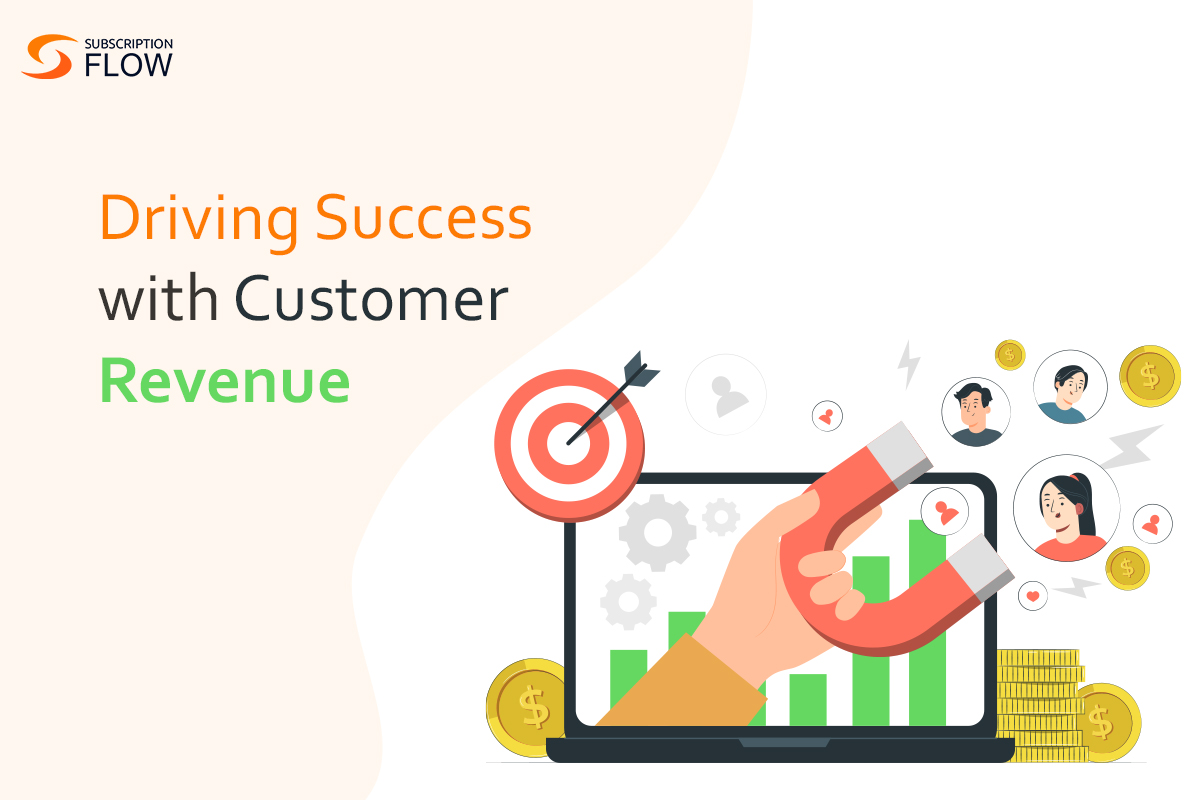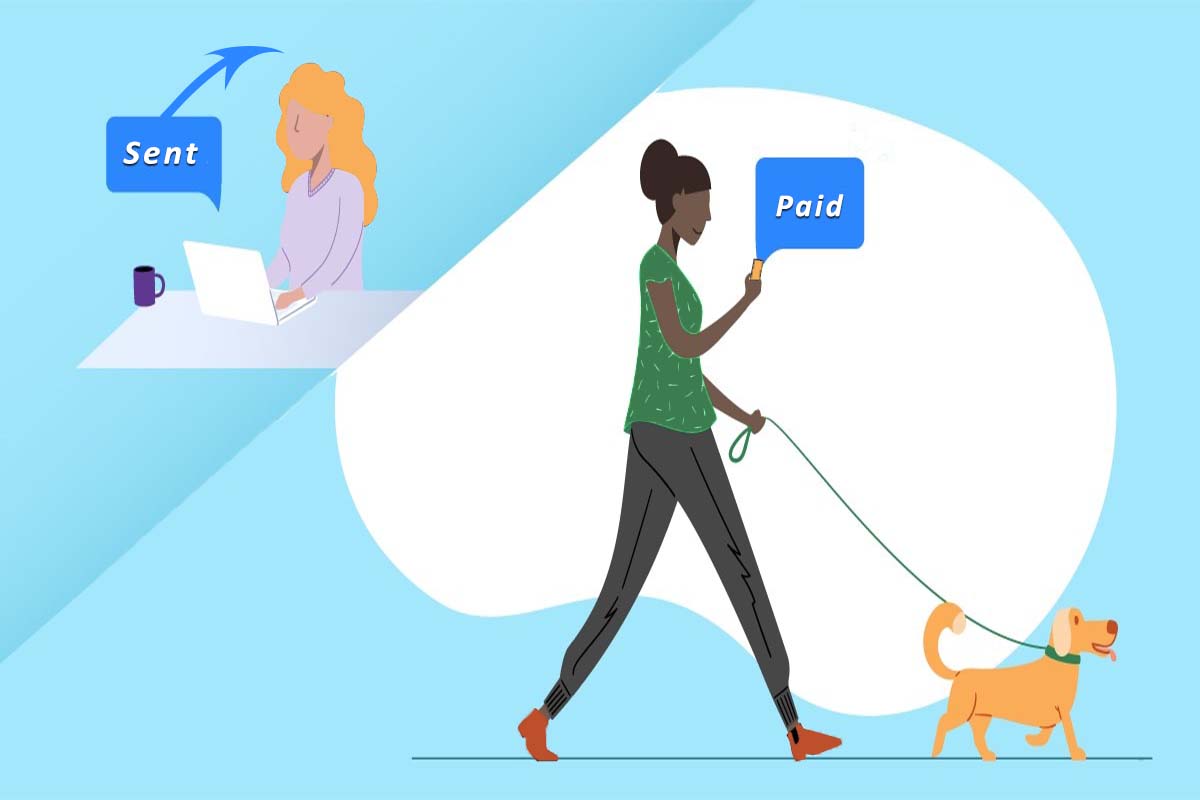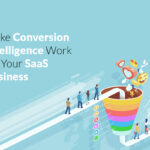
Driving Success with Customer Revenue – A Comprehensive Guide
Customers are the lifeblood of a company’s revenue. This is especially true for a SaaS company because the product attracts users and is the key to maximising profits across the whole customer experience. Interest and dividends are two other sources of revenue.
Companies have recognised the value of getting a thorough understanding of the mechanics of revenue creation and the costs connected with it. That is why measurements such as Customer Acquisition Cost (CAC) and Customer Lifetime Value (CLTV) are so important.
Subscription revenues have taken centre stage in the SaaS market in recent years, and as a result, metrics such as monthly recurring revenue (MRR) and annual recurring revenue (ARR) have dominated the conversation about client income.
In addition to subscriptions, clients contribute additional forms of value. Customers frequently contribute value to your company through cross-sells and upsells. Some firms additionally track referral income, which is the amount of new business brought in by an existing customer.
These characteristics of client revenue represent a comprehensive picture of the entire revenue generated by all of your customers combined. Once you have a thorough understanding of these characteristics, you may begin to optimise client revenue through a combination of personalised selling, pricing tactics, and customer service.
What is Customer Revenue?
Customer revenue definition: Customer revenue is the portion of overall business revenue earned by your core business operations that you can directly attribute to your customers.
This is the revenue created by customers out of all the revenues a business generates. These revenues can come from one-time sales or ongoing revenue. Most of their business success may be ascribed to the overall revenue they produce across their complete client experience.
These revenues can be any type of revenue, such as reportable annual GAAP, annual recurring, or even Customer Lifetime Value.
When it comes to recurring revenue, not only subscriber renewal revenues are considered. Customers purchase more things from a company as their needs change. These transactions could be product upgrades or cross-purchases. They may appear to be a one-time buy, but client needs are always changing. And so are the products that a business provides.
So, all of the purchases made by a client throughout the course of their relationship with a company add up to the total income generated by the company.
Metrics
Here are metrics that are helpful in understanding revenue coming in directly from customers:
Customer Life Time Value (CLTV)
Customer Lifetime Value (CLV) is a metric that quantifies the total value a customer brings to a business over the entire duration of their relationship. It represents the net revenue a company can expect to generate from a single customer during their engagement with the brand. CLV takes into account the customer’s purchasing frequency, average transaction value, and the duration of their relationship with the company.
Understanding CLV is crucial for customer revenue optimization as it helps businesses identify their most valuable customers, tailor marketing strategies to retain and engage them, and allocate resources more effectively to maximize long-term revenue. By focusing on increasing CLV, businesses can foster customer loyalty, encourage repeat purchases, and deliver personalized experiences that contribute to higher customer revenue and overall business profitability.
Customer Acquisition Cost
Customer Acquisition Cost (CAC) is a metric that calculates the total cost a business incurs to acquire a new customer. It includes all expenses related to marketing, advertising, sales efforts, and any other resources dedicated to attracting and converting potential customers into paying ones. CAC is an essential factor in understanding customer revenue because it directly impacts the profitability of each acquired customer.
By comparing CAC with the Customer Lifetime Value (CLV), businesses can determine whether their customer acquisition efforts are cost-effective. If the CAC is significantly higher than the CLV, it may indicate an unsustainable business model or inefficient marketing strategies. Lowering the CAC through improved targeting, optimized marketing campaigns, and enhanced conversion rates can contribute to increased customer revenue as businesses can generate more profit from each newly acquired customer.
Customer Net Worth
This is a measure that shows how much a client is worth after accounting for all of the income they earn and the cost of obtaining them. It is easily determined by subtracting the Customer Acquisition Cost from the Customer Lifetime Value. Few businesses deduct the cost of customer service for more precise measurement.
Monthly and Annual Recurring Revenue
Monthly Recurring Revenue (MRR) and Annual Recurring Revenue (ARR) are key metrics used by subscription-based businesses to measure the predictable and regular revenue generated by their customers. MRR represents the total revenue generated from monthly subscriptions, while ARR represents the total revenue generated from annual subscriptions, converted to a monthly equivalent.
These metrics are essential for understanding the stability and growth potential of a business, as they provide a predictable revenue stream over time. By focusing on increasing MRR and ARR, businesses can optimize customer revenue by encouraging customer retention and expanding their customer base through effective marketing and sales strategies. Moreover, it enables businesses to forecast future revenue and make data-driven decisions, ultimately contributing to long-term financial sustainability and growth.
Read More: Money Metrics – Using Revenue Dashboards the Right Way
Why is Customer Revenue Optimization (CRO) Important?
SaaS companies track and report on many types of customer revenue, mostly recurring and non-recurring revenue. Understanding the factors that contribute to both forms of revenue is critical for effectively guiding revenue expansion initiatives.
The rationale for this is that measuring customer revenue metrics provides insight into the true growth of the business. Metrics such as CLTV take a long-term view of business growth and thereby prevent organisations from falling into the trap of expansion without profit growth.
Customer revenue serves as the guiding key performance indicator (KPI) for any plan you employ, whether it be revenue operations or solo modifications in marketing or sales methods. Furthermore, significant drops in client revenue can indicate that it is time to address underlying concerns
Here are some key reasons why it matters:
1. Increased profitability
CRO can directly lead to increased profits. By understanding customer behaviour, preferences, and needs, businesses can identify opportunities to upsell, cross-sell, or personalize offerings, leading to higher customer lifetime value and repeat purchases.
2. Competitive advantage
In today’s competitive business landscape, customer revenue optimization can be a key differentiator. Businesses that can effectively maximize revenue from their existing customer base have a competitive advantage over those that solely focus on acquiring new customers.
3. Customer retention and loyalty
Through CRO businesses can provide better personalised experiences, meet customer expectations, and enhance customer satisfaction. Satisfied and loyal customers are more likely to remain with a brand, make repeat purchases, and refer others, leading to long-term profitability.
4. Data-driven decision-making
CRO relies heavily on data analysis and insights. By using data to understand customer preferences, behaviours, and purchase patterns, businesses can make informed decisions and tailor their marketing, sales, and product strategies accordingly.
5. Cost efficiency
Acquiring new customers can be more expensive than retaining existing ones. By focusing on CRO, businesses can increase revenue without incurring the high costs associated with customer acquisition.
6. Personalized experiences
Modern consumers expect personalized experiences from businesses. Using CRO companies can better understand individual customer needs and preferences, allowing them to deliver personalized offers, recommendations, and communication, which enhances customer satisfaction and loyalty.
7. Sustainable growth
CRO fosters sustainable business growth. Instead of relying solely on short-term gains, optimizing revenue from existing customers provides a stable and predictable revenue stream that supports the company’s long-term success.
8. Building brand advocates
Satisfied and loyal customers are more likely to become brand advocates who spread positive word-of-mouth. This can lead to organic growth, as new customers are more likely to trust recommendations from their peers.
9. Identifying market trends
Analyzing customer data for revenue optimization can provide valuable insights into market trends and changes in consumer behaviour. This information can help businesses adapt quickly to market shifts and stay ahead of competitors.
10. Customer-centric approach
CRO forces businesses to focus on their customers’ needs and desires. A customer-centric approach builds trust, improves brand reputation, and fosters stronger relationships with customers.
Read More: Cracking the Code of Recurring Revenue: Unveiling the Secrets Hidden in Billing Analytics
Final Word
In conclusion, CRO is vital for businesses to remain competitive, profitable, and sustainable in the long run. It helps maximize the value derived from existing customers, improve customer satisfaction, and drive business growth.
SubscriprionFlow offers an excellent data dashboard and data tools you can use to assess customer revenue to implement the right strategy for business growth and revenue recognition. Book a demo with us to find out more!










